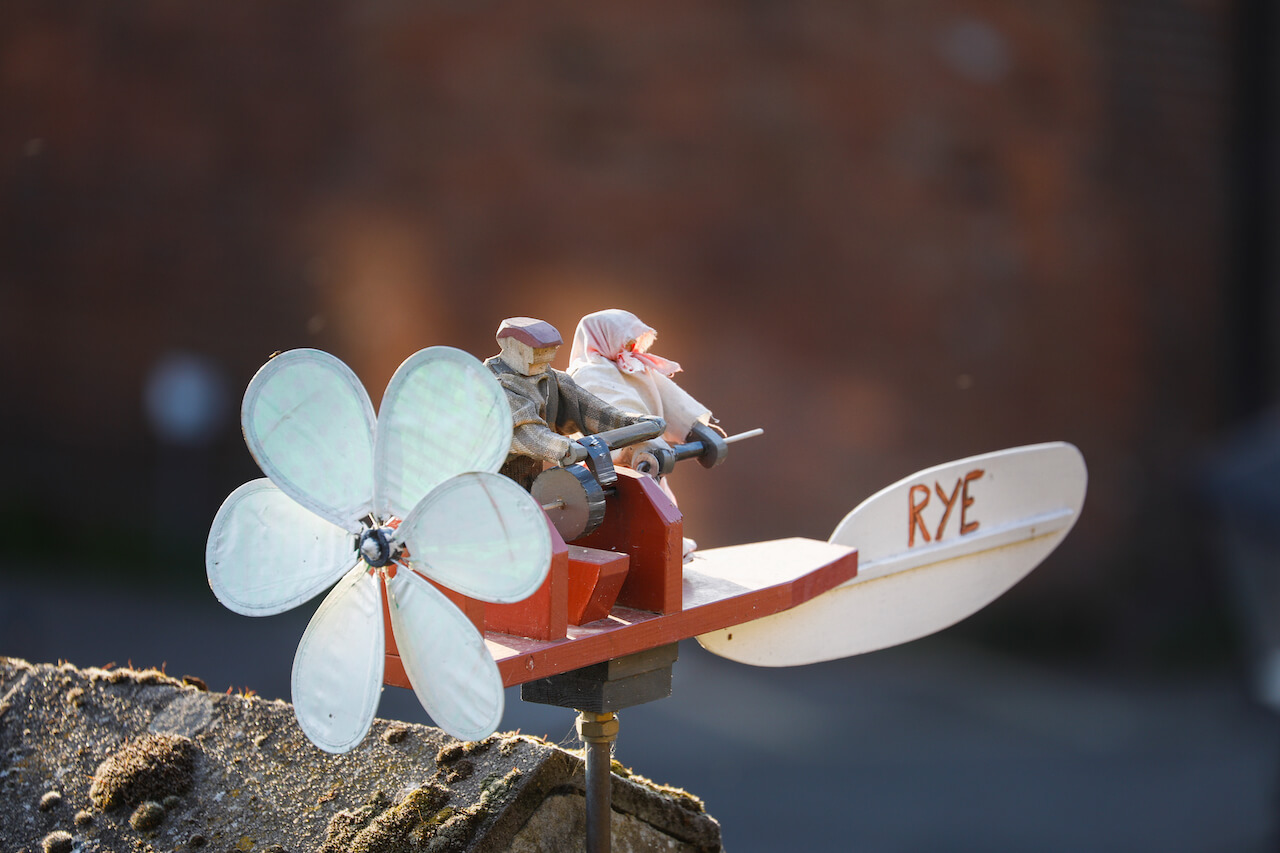
I’m in the pitch-black auditorium of the converted nineteenth-century sail loft of the Rye Heritage Centre. I came to Rye on a whim, not knowing what to expect from this overlooked town on the English south coast. But, as I sit in front of the meticulously crafted Victorian town model waiting for the Sound and Light Show about Rye’s 700-year history, I know I’m in for a treat.
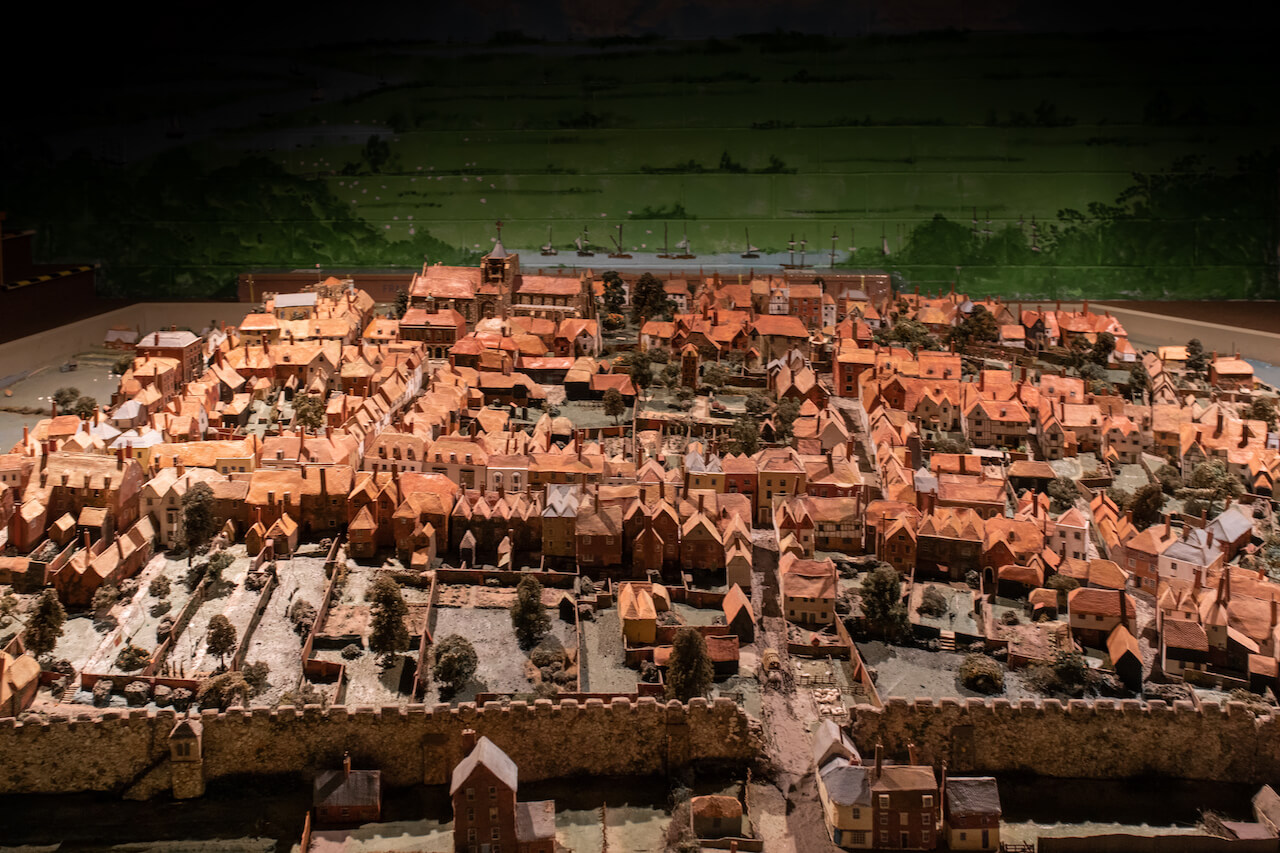
All at once, the miniature town model is enchantingly illuminated, as if by a million fireflies. It looks like a fantasy realm dreamed up by Walt Disney animators. The tiny, timber-framed houses are bathed in an otherworldly reddish glow.
The story about Rye slowly unfolds on the wall behind. But it’s not all the Disneyesque fairy tale that Rye’s pretty exterior may lead you to believe. The town’s history is rife with atrocities, gruesome raids and sinister characters lurking in the shadows of the cobblestone streets. I’m struck by how similar the town’s architecture looked in the past to how it looks today.
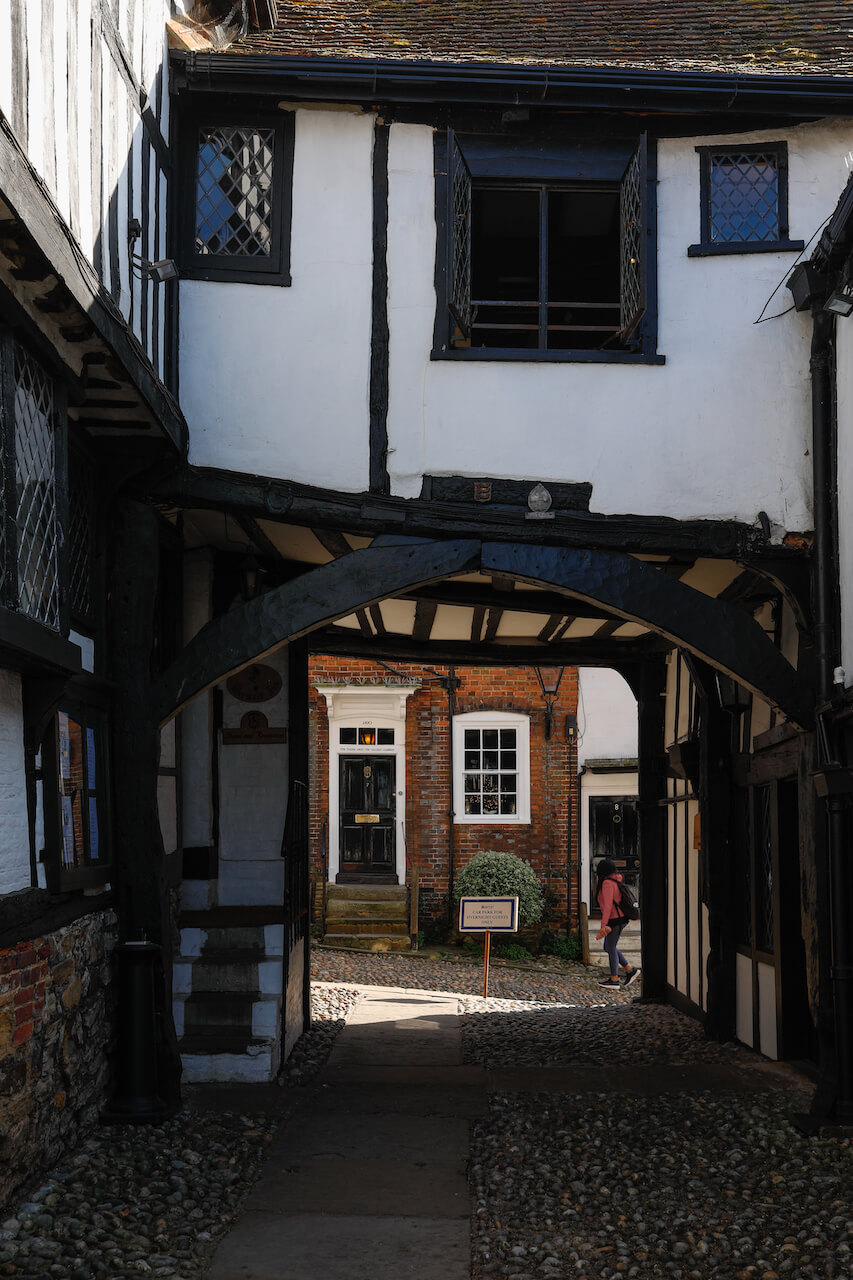

‘You can’t even change the colour of your front door in Rye’, my guide says at the end of the show, as if responding to my thoughts. The conservation effort, he says, protects the town’s architectural heritage while making it difficult for residents to make alterations to their properties.
The town has around 300 listed buildings on the National Heritage List for England. Due to their special architectural or historical interest, they’ve been all granted legal protection within the planning system.
The past has a strong hold on the present in Rye, which is considered one of England’s best-preserved towns.
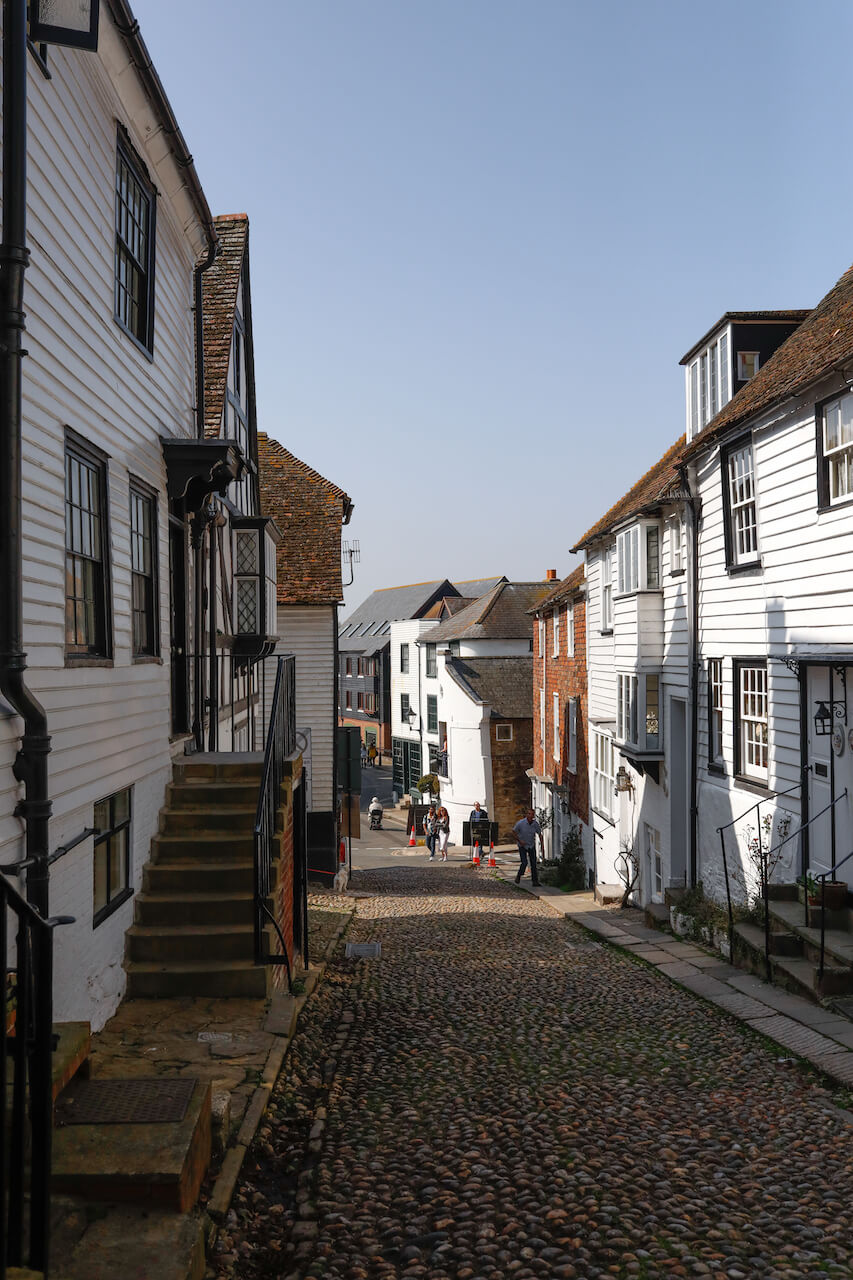
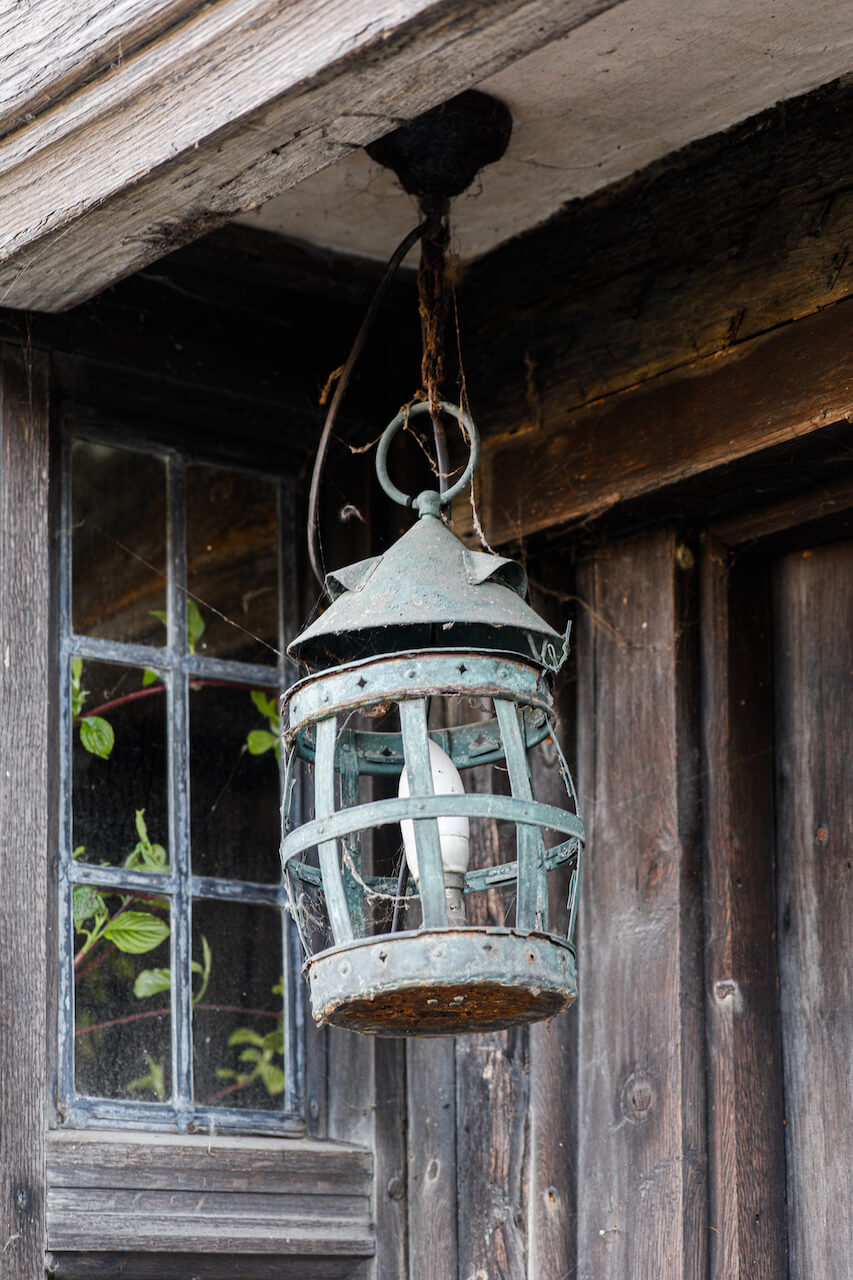
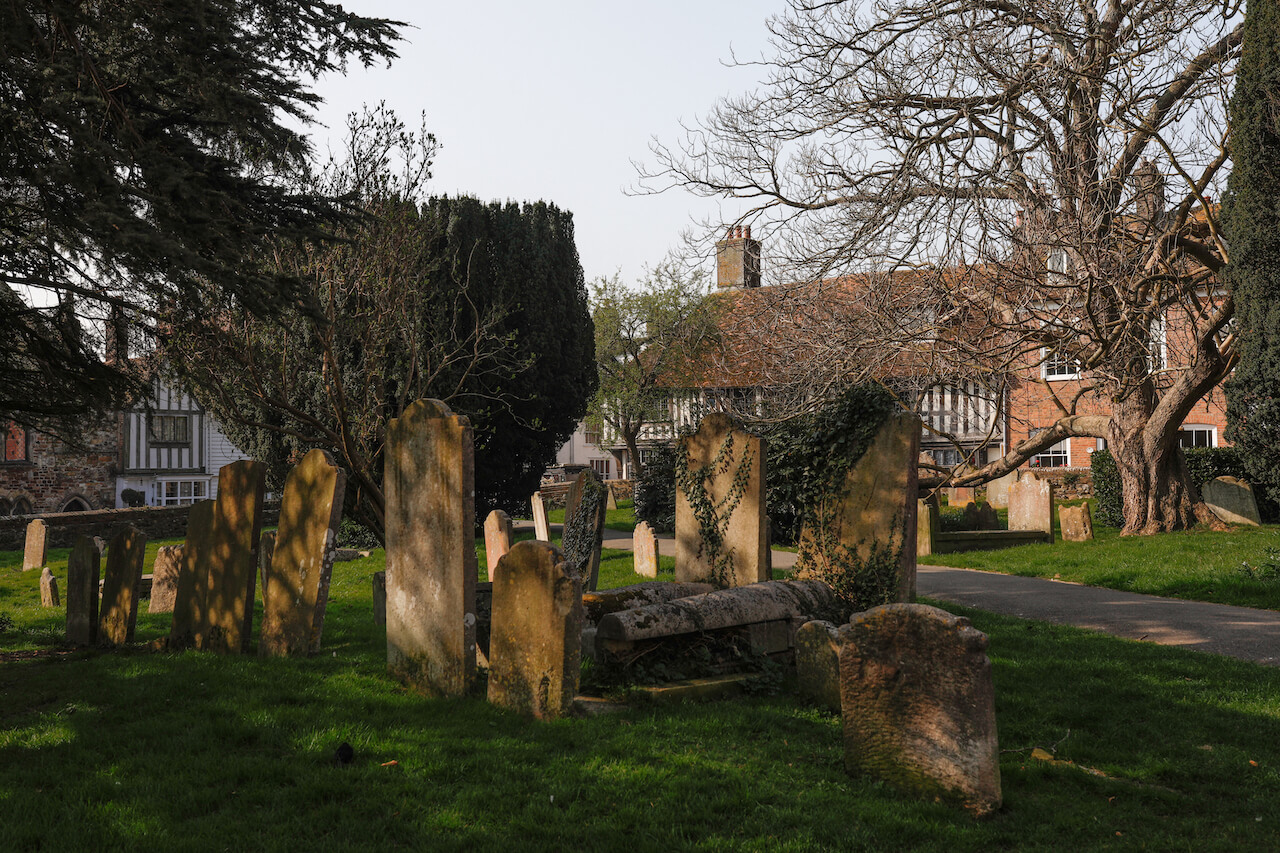
Located in East Sussex, on the south coast of England, Rye was the first port of call for invaders sailing across the English Channel from northern Europe – mostly from France.
In 1336, it became a senior member of the Cinque Ports Confederation in honour of its role in defending the south coast and was granted special privileges, such as tax exemptions, in exchange for supplying ships to the Crown.
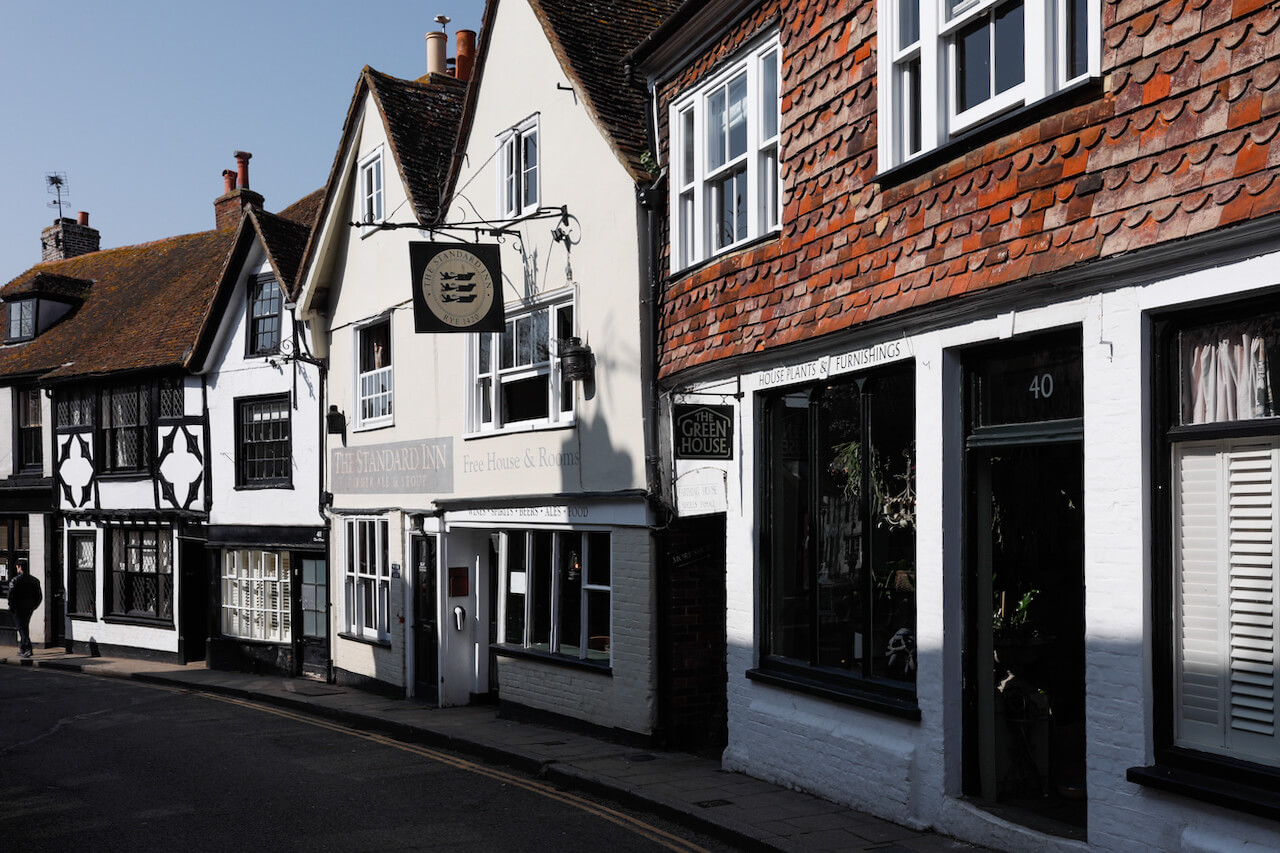

Apart from being an important royal dockyard and shipyard, Rye was a widely known pirate port in the thirteenth century. Smuggling goods, from wool to silver, became commonplace after Edward I imposed the customs system.
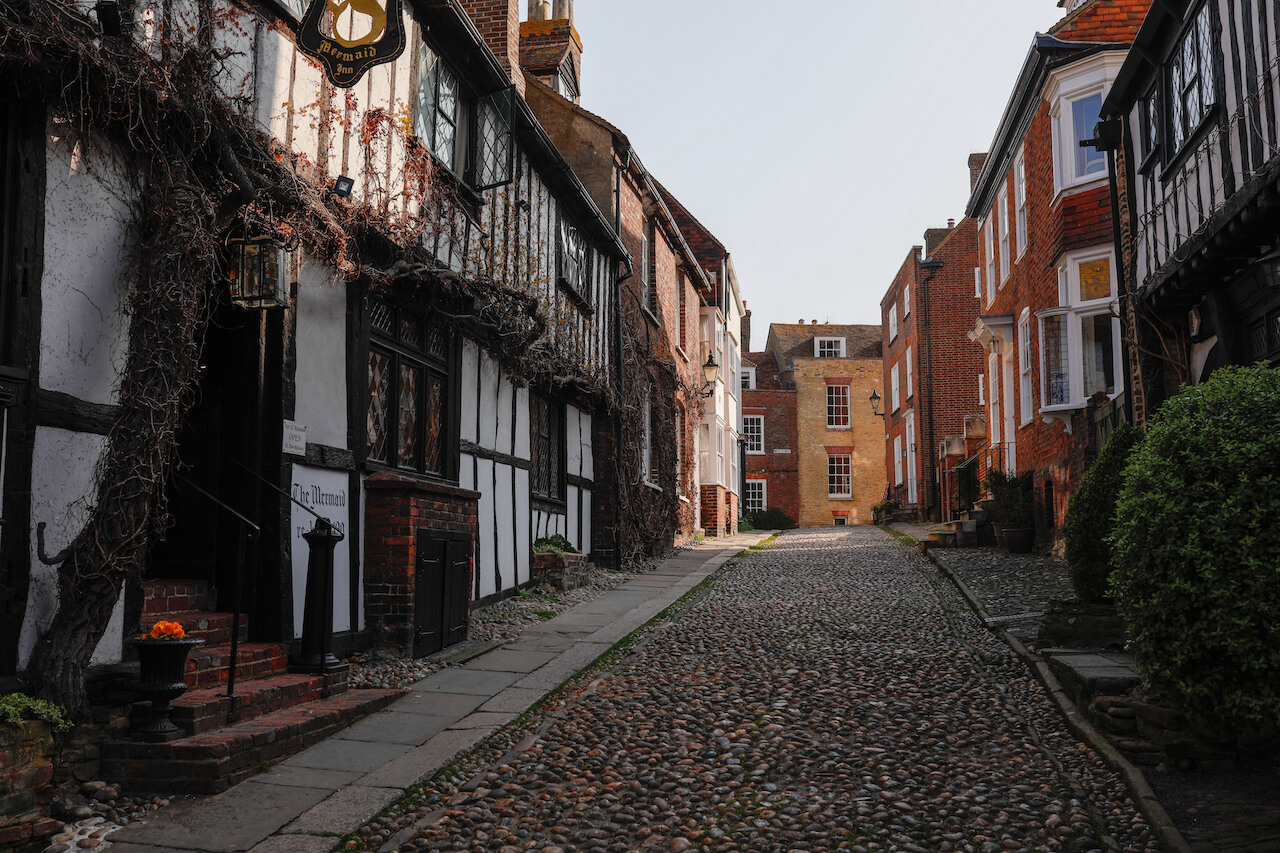
When tariffs on everyday items, such as soaps, fabrics, salt, leather and wine, were introduced in the seventeenth century, smuggling became highly profitable. Almost all the town’s inhabitants were involved in smuggling, and many magistrates and customs officials were corrupt.
As tobacco and tea were extremely expensive to buy legally, many people turned a blind eye to the smugglers’ activities. Those who didn’t were threatened until they kept silent.
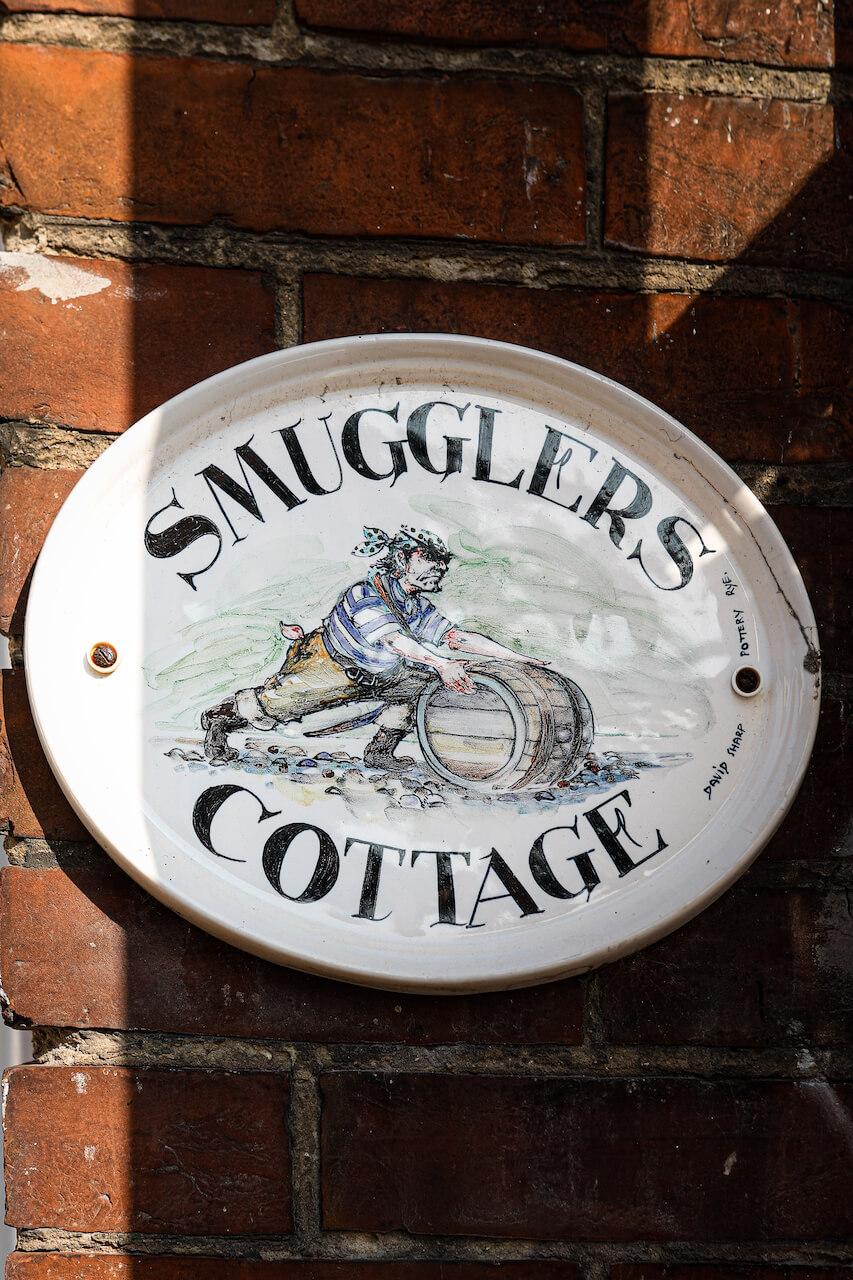
I stop for lunch at the 700-year-old, Grade II* listed Mermaid Inn, often used by the infamous Hawkhurst Gang as their inland hub for shady activities in the eighteenth century.
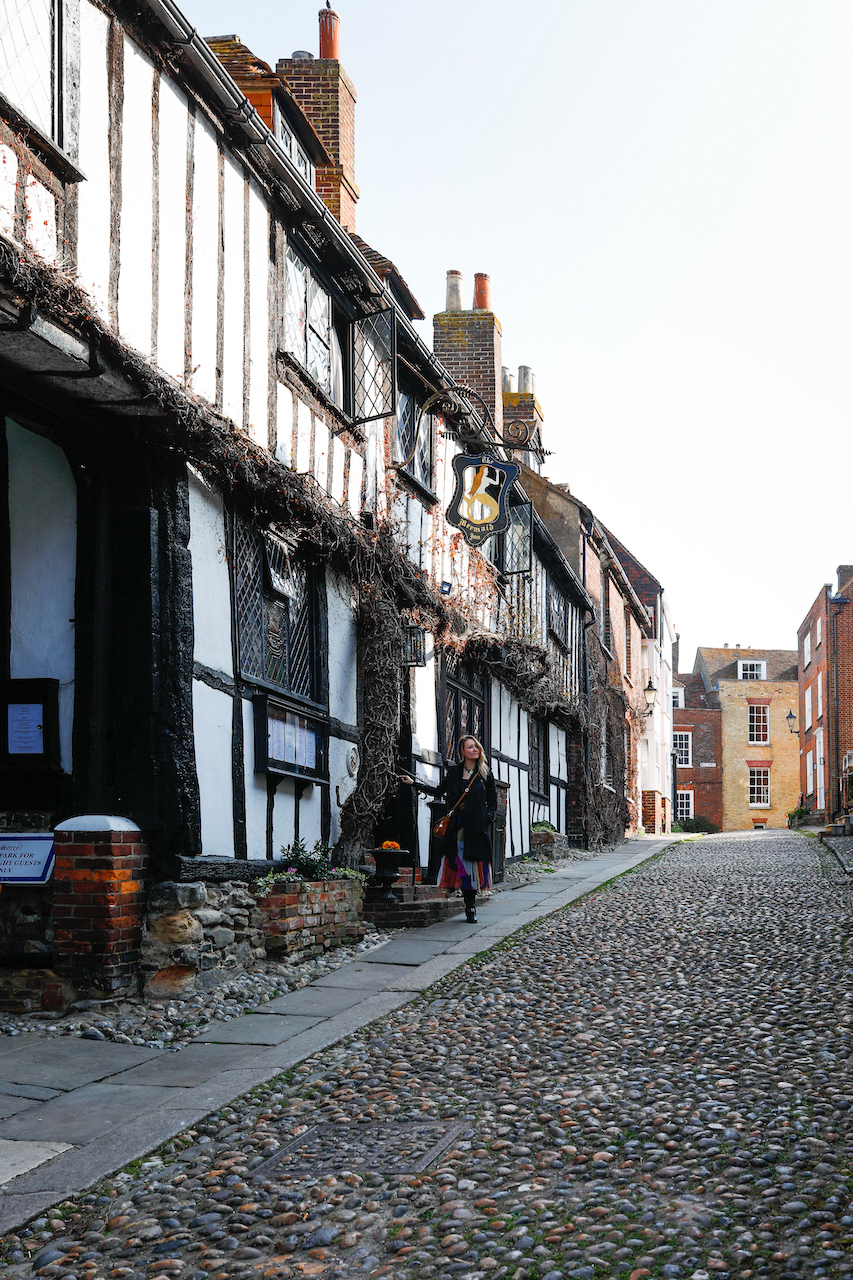

‘I heard that there’s a secret passageway here that was used by smugglers for hiding contraband’, I say to the waiter serving my table in the cosy Linen Fold Panelled dining room.
‘There’s more than one’, he responds with a devilish twinkle in his eye.
I later discover that one of the tunnels connects the Mermaid Inn’s thirteenth-century cellars to another tavern – The Old Bell Inn. The gang used the revolving cupboard at the end of the tunnel to leave the Inn in secret.
Perhaps it’s just the full glass of English rosé I’ve been drinking, but I can clearly picture the smugglers sitting haughtily across from me, smoking pipes and clinking heavy tankards of ale. With their loaded flintlock pistols firmly attached to their waistbands, they are ready to flee from HM customs officers in a heartbeat.
Before leaving the Inn, I sneak through the same narrow corridors the smugglers used to take a closer look at the Inn’s interior. Its architecture hasn’t changed much since it was rebuilt and later renovated in the fifteenth and sixteenth centuries.
The floor loudly creaks beneath my feet as I climb the several-hundred-year-old winding staircase that leads to an antique furnished chamber.
The light streaming through the Tudor-style diamond-paned windows gently falls on the portrait of Elizabeth I, a visitor to the Inn in the sixteenth century. The portraits of famous historical figures that adorn the wattle and daub walls intensify the sense of nostalgia.
The air is thick with eeriness. The Inn is reportedly haunted, and spirits seem to prevent it from releasing the past. Before I notice any creepy shadows, I rush towards the door onto a narrow street.
And, like Alice, who falls down the rabbit hole and ends up in a hallway lined with secret doors, I find myself in a cobbled lane lined with houses, each one more peculiar than the last.
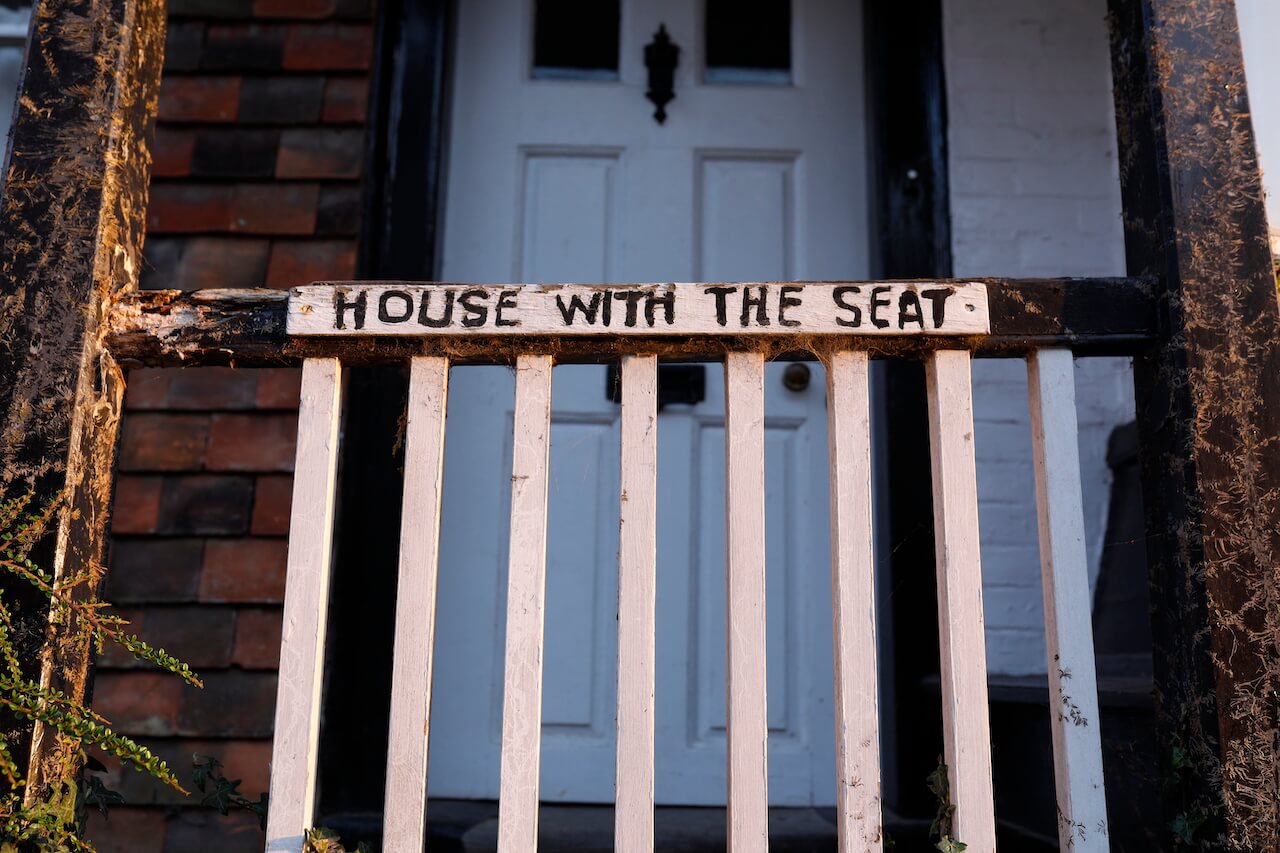
Many of the brick and timber dwellings are of medieval origin, with unique names that reveal Rye’s distinct identity. I walk past ‘The House Opposite’, ‘The House with the Seat’ and ‘The House with Two Front Doors’ and pause in front of the most enigmatic house of all – the fifteenth-century ‘House with the Secret Garden’ – complete with a shiny vintage lion doorknob. I wish I had a golden key to see what’s inside. Perhaps some ‘Eat Me’ cakes and ‘Drink Me’ bottles.
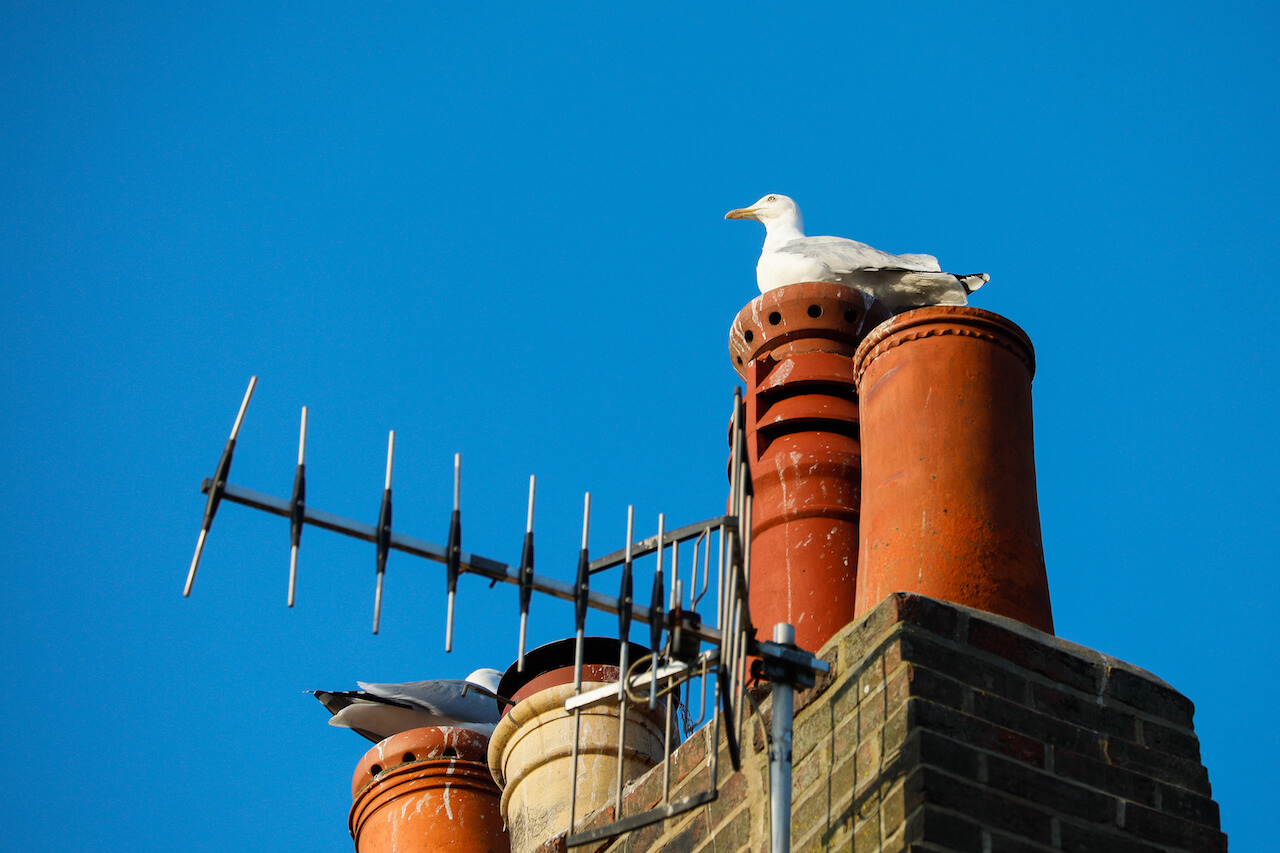

The noise of the seagulls mingles with the voices of people strolling leisurely down the pavement. Shop windows entice passers-by with seashell-infused soaps, artisan sailors’ chocolate bars and antiques. Chain stores are clearly not welcome in Rye, and most of the shops are proudly independent. It’s yet another way the town aims to preserve its individuality while fiercely resisting any form of modernisation.
In fact, nothing about Rye is ordinary. If Rye were a man, he would be an audacious and nonconformist character who perfectly embodies the collective British trait of eccentricity.


I continue my walk towards the medieval Grade I listed Rye Castle, which was built as a fort in the thirteenth century. Now a museum, it previously served as a private residence, courthouse, mortuary and prison.
I imagine the captives confined to the cells of the rounded towers looking out sorrowfully through the loophole-barred windows over the extensive wetland landscape.
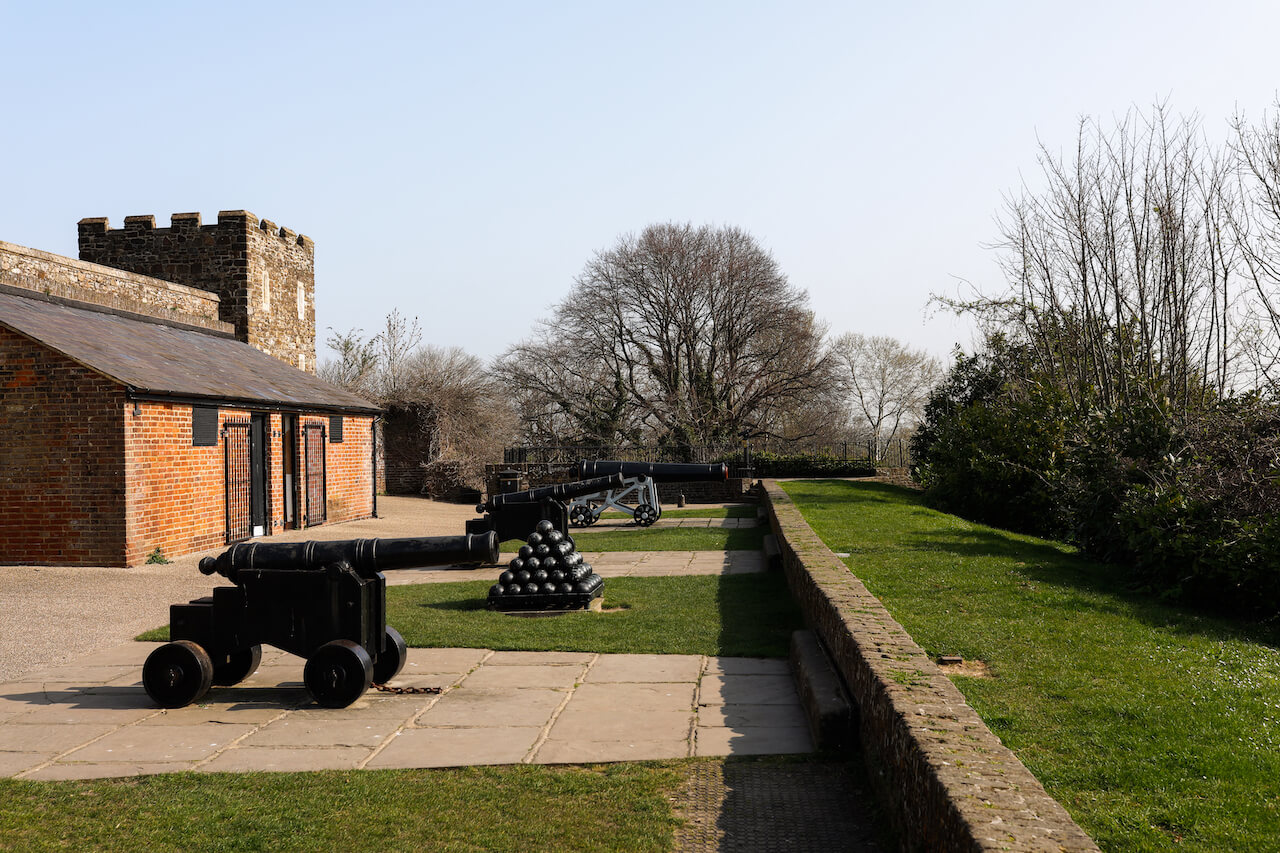
With a replica artillery battery as his only audience, a musician leans against the castle wall and breaks the silence with a song, his shy performance of ‘Wild World’ by Cat Stevens the only thing anchoring my mind to the present moment.
The setting sun begins to shine over the Romney Marsh coastline. I head back towards the town centre, strolling along the ancient streets like many others who have been here before me: kings and queens, smugglers, merchants, fishermen and sailors.
Just like its Victorian miniature model, the town is enchantingly illuminated. I approach The Grapevine, a champagne and jazz bar tucked away on a cobblestone street. Its windows reflect the reddish glow of vintage tassel table lamps and old chandeliers.
It feels like the past and present dance in a close embrace, their hearts beating as one.
OTHER MUST-SEE ATTRACTIONS IN RYE
- View the working collection of the Old Pier Penny Arcade amusement machines at the entrance to the Rye Heritage Centre.
- Visit the Grade II* listed, eighteenth-century Lamb House – the home of many writers, including novelists Henry James and E. F. Benson.
- Visit ‘the Cathedral of East Sussex’ – the 900-year-old St Mary’s Parish, which has the oldest still-functioning church turret clock in the country.
- Catch a glimpse of the Landgate arch – a Grade I listed building and the only surviving entrance to Rye of the four original gates.

FAST FACTS
Getting there: High speed trains run from St Pancras Station to Ashford International (37 min). You need to change at Ashford International for a train to Rye (18 min).
Other trains depart from London Charing Cross, London Bridge, Waterloo East, London Victoria (change at Ashford International for Rye) and Gatwick Airport (change at Hastings for Rye).
See https://www.nationalrail.co.uk
Touring there: There is a map and a Rye Audio tour available for download at £2.99.
See https://www.ryesussex.co.uk/audio-tours.asp
Staying there: The sixteen-century grade II listed building, Rye Windmill B&B, just a short stroll away from the High Street and the Strand Quay, offers comfortable rooms with spacious en-suites from 110£/night.

I’d never even heard of Rye before but wow, it looks lovely! And your pictures really make it come alive ❤️
Author
Thank you very much Joëlle! 🙂 It really is a lovely place to visit! It has such a unique character!
So interesting. I am doing some family history for a family member. Is there a booklet which I could purchase on ‘size and social history’ of Rye in late 18th and 19th Centuries., please?
Author
Thank you for your comment Carol 🙂 Great question! I did some searching online and found quite a few general history books about Rye, like those by Alan Dickinson, but I didn’t come across any detailed studies focused specifically on Rye’s size and social history in the 18th and 19th centuries. I’m wondering if the Rye Library might have any booklets on this topic. Also, I found an academic publication: ‘The Economic Development of Sussex, c. 1700-1881 ‘ by Lucy Walker, which includes some information about Rye. You might want to google it, though I’m not sure how relevant it is to your query. I wish I could be of more help.